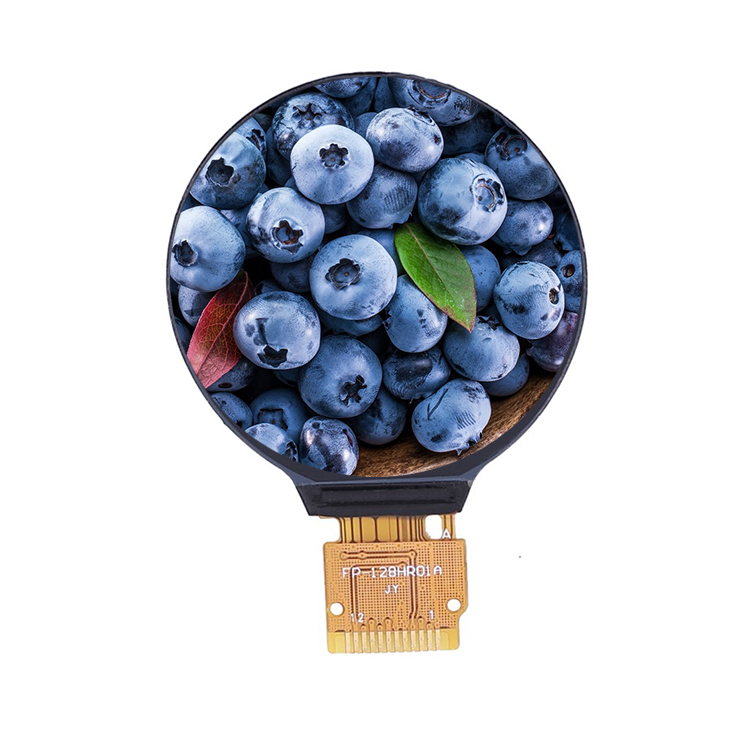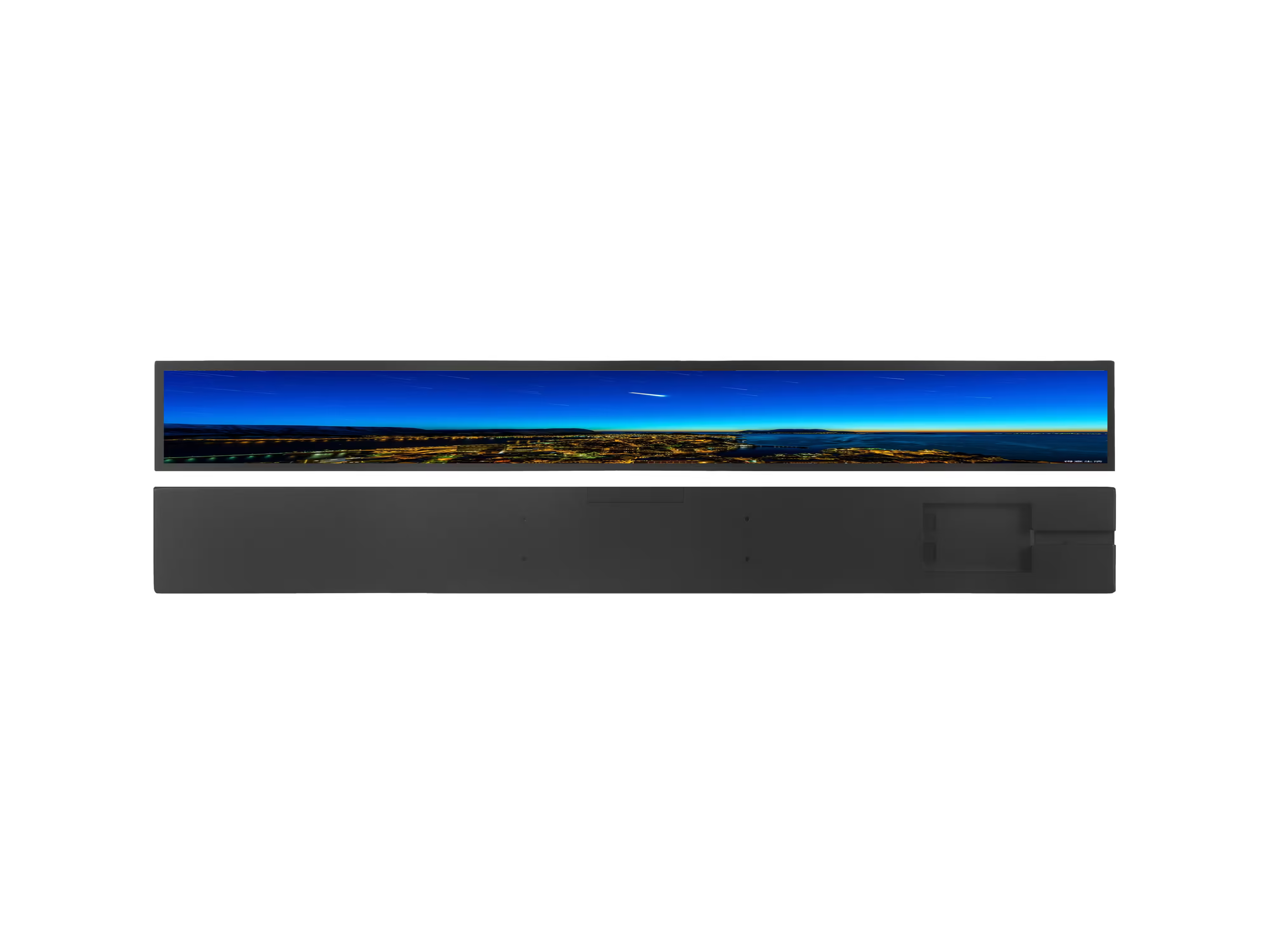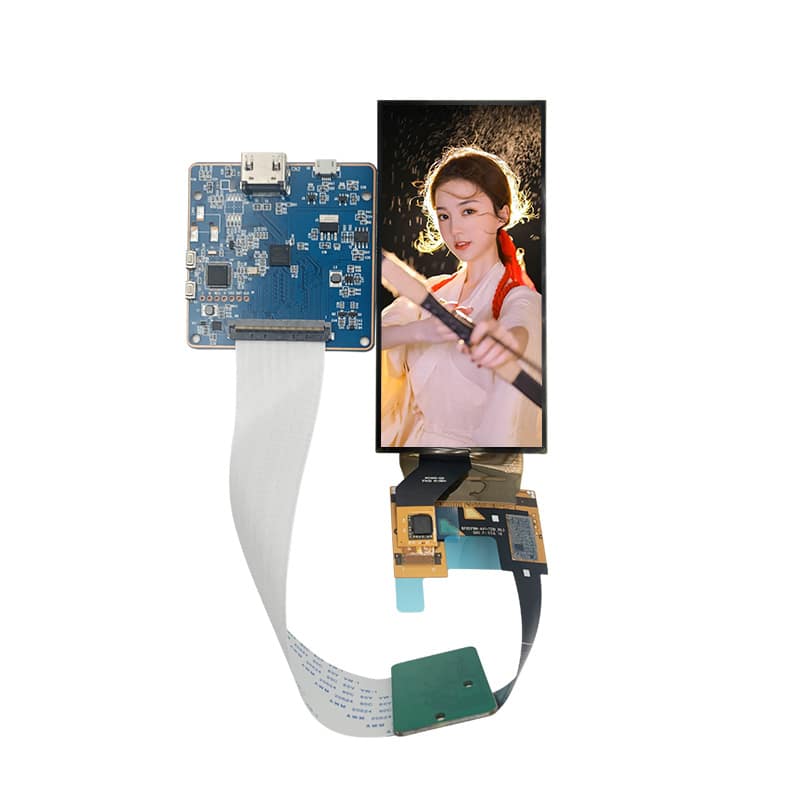In today’s fast-paced world of digital displays, the dot matrix lcd module has carved a niche for itself as a versatile and cost-effective solution for various applications. These modules, often found in printers, calculators, and early computer displays, have evolved to cater to modern needs with brands like Chancedisplay offering innovative and reliable products. In this article, we will delve into the fundamentals of dot matrix LCD technology, its history, benefits, and how Chancedisplay stands out as a trusted choice.
Dot matrix LCD modules work by illuminating individual pixels, arranged in a grid pattern, to form characters or images on the screen. The term “dot matrix” refers to the arrangement of these pixels, which are typically red, green, and blue (RGB) LEDs or organic light-emitting diodes (OLEDs). Each pixel is a small, self-contained light source that can be turned on or off independently, creating the desired image.
The history of dot matrix LCDs dates back to the late 1970s when they were first introduced in cathode-ray tube (CRT) televisions and early computer monitors. The technology was simple yet effective, allowing for basic text-based displays. As microprocessors advanced, so did the dot matrix LCDs, becoming more sophisticated and capable of handling graphics and larger display sizes.
One of the primary advantages of dot matrix lcd modules is their low power consumption, making them ideal for battery-powered devices. They also offer excellent durability, with long lifetimes and resistance to mechanical stress. The modular design allows for easy integration into existing systems, and the dot matrix format is well-suited for displaying alphanumeric characters, making them popular in industrial and consumer electronics.
Chancedisplay, a leading brand in the LCD market, has capitalized on these strengths by manufacturing high-quality dot matrix LCD modules. The company is known for its commitment to providing reliable, efficient, and competitively priced products. Chancedisplay’s offerings range from basic 16×2 character displays to larger, graphical panels, catering to a wide array of applications.

When choosing a dot matrix lcd module, it’s essential to consider factors such as resolution, viewing angle, and contrast ratio. A higher resolution means more pixels, resulting in sharper text and images, while a wide viewing angle ensures consistent performance across a broader range of viewing positions. Chancedisplay’s modules boast industry-standard specifications, ensuring optimal performance in various environments.
Another critical aspect is the backlight system, which enhances the visibility of the display. CHANCEDISPLAY offers both common cathode and common anode options, with different brightness levels and color temperatures to suit different applications. Their modules also feature anti-glare coatings, reducing eye strain and improving readability in bright environments.
One unique feature of CHANCEDISPLAY‘s dot matrix LCD modules is their integrated controller chips, which handle the display’s driving and control functions. This eliminates the need for external hardware, simplifying the overall system design and reducing costs. Additionally, their modules are compatible with various programming interfaces, such as I2C, SPI, and parallel interfaces, making them adaptable to a wide range of microcontrollers.

For developers and engineers, Chancedisplay provides extensive documentation, technical support, and a wealth of examples to help integrate their products seamlessly into projects. The brand’s commitment to customer satisfaction ensures a smooth and hassle-free experience, even for those with limited experience in LCD technology.
In recent years, dot matrix LCD modules have seen a resurgence in popularity, particularly in DIY projects, retro gaming, and hobbyist electronics. The nostalgia factor combined with their affordability and ease of use has made them a favorite among enthusiasts. Chancedisplay’s entry into this segment caters to this growing market by offering a diverse range of modules with customizable features and attractive pricing.
In conclusion, dot matrix LCD modules, despite their humble beginnings, continue to serve as a reliable and cost-effective display option in various industries. Chancedisplay, with its focus on quality, innovation, and customer support, has positioned itself as a go-to brand for those seeking a versatile and efficient solution. As technology advances, we can expect dot matrix LCDs to evolve further, integrating new features and capabilities while maintaining their fundamental simplicity and affordability. Whether you’re an experienced engineer or a curious hobbyist, Chancedisplay’s dot matrix LCD modules are a solid choice for your next project.


